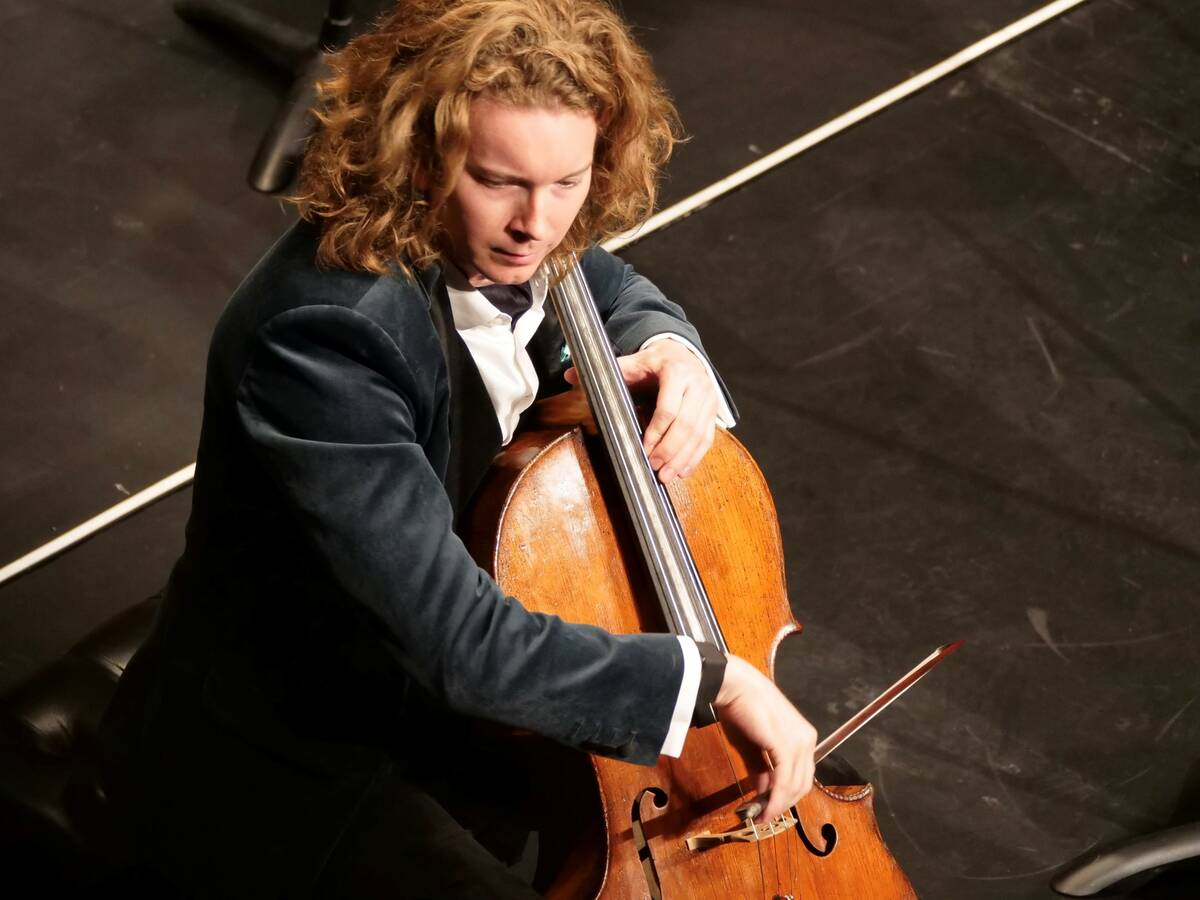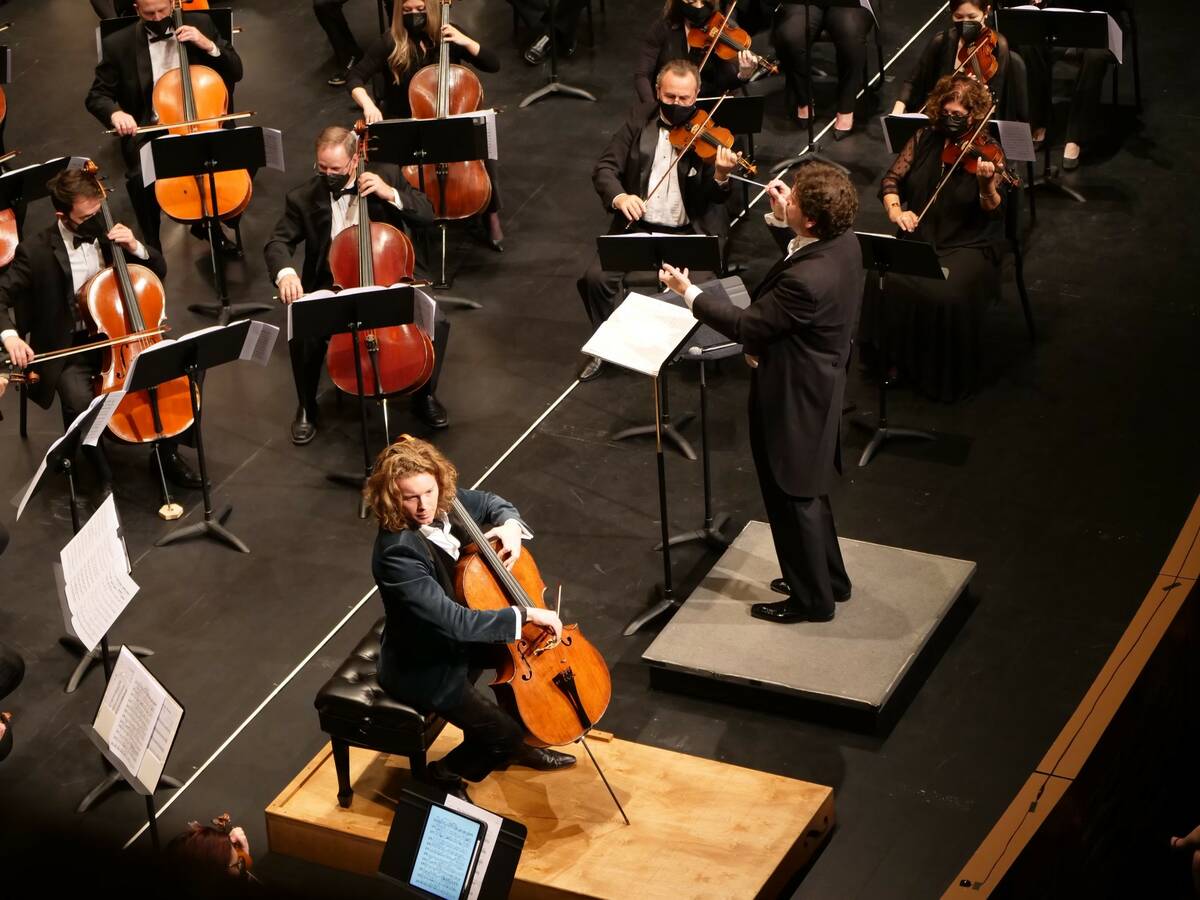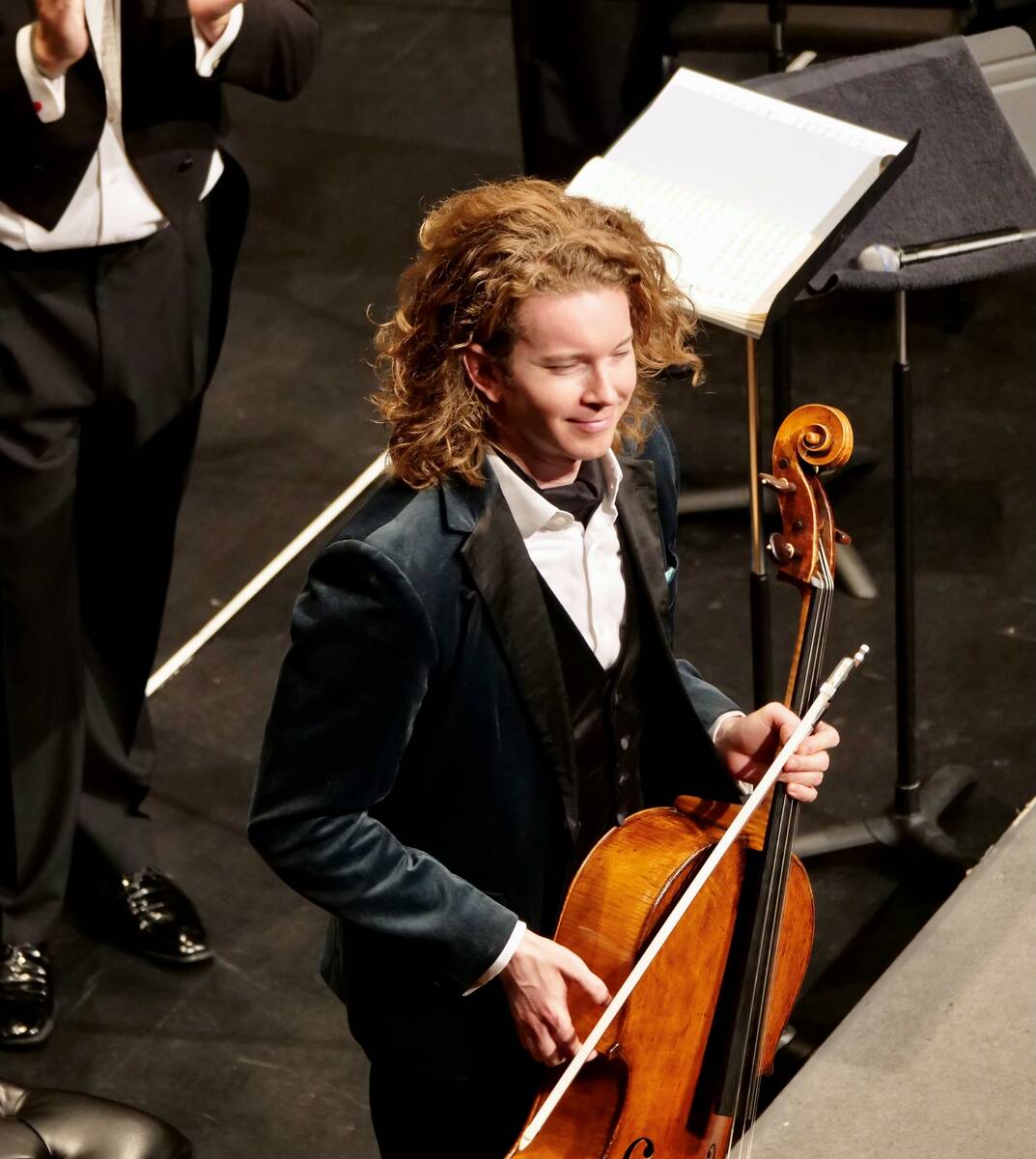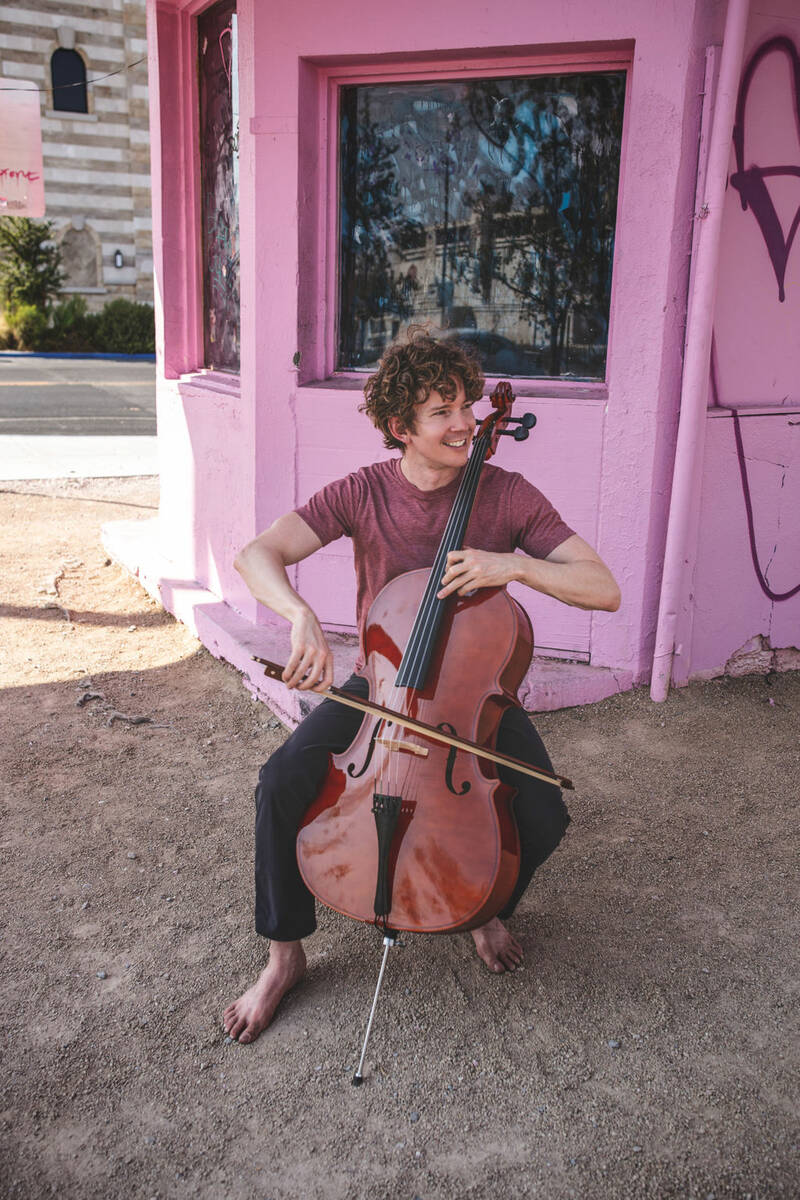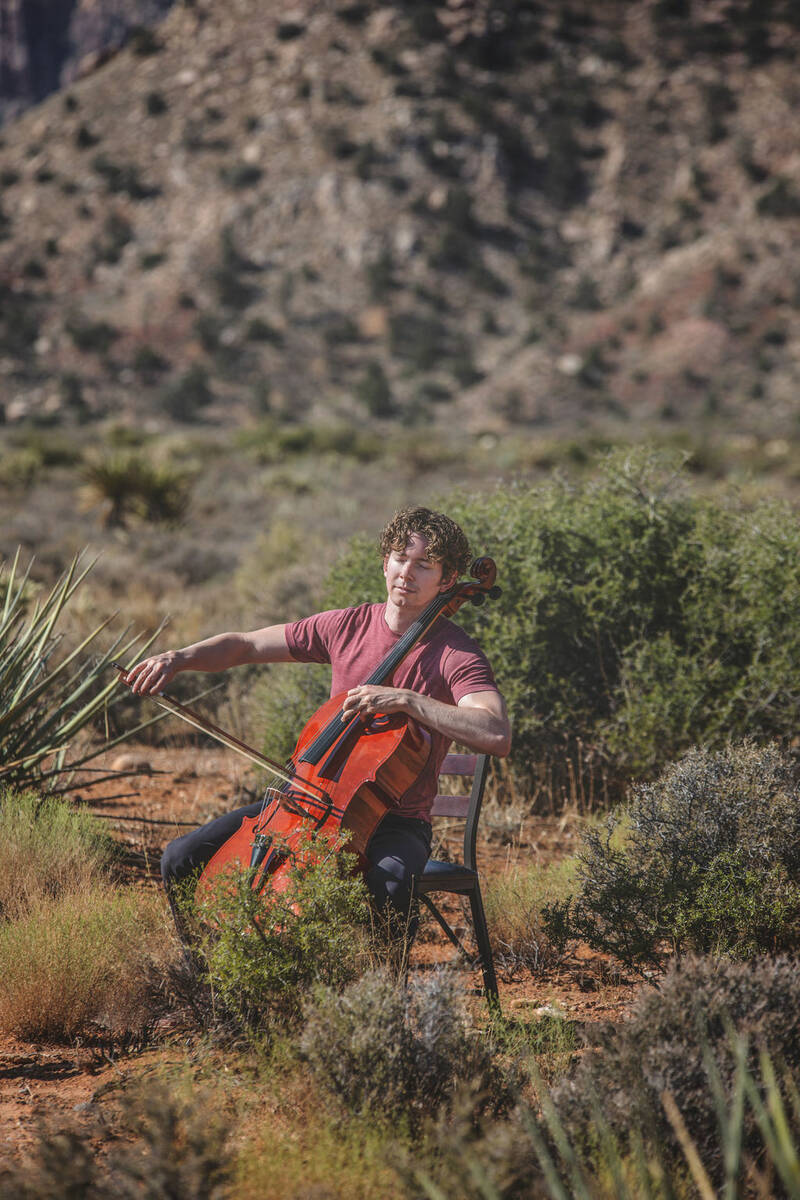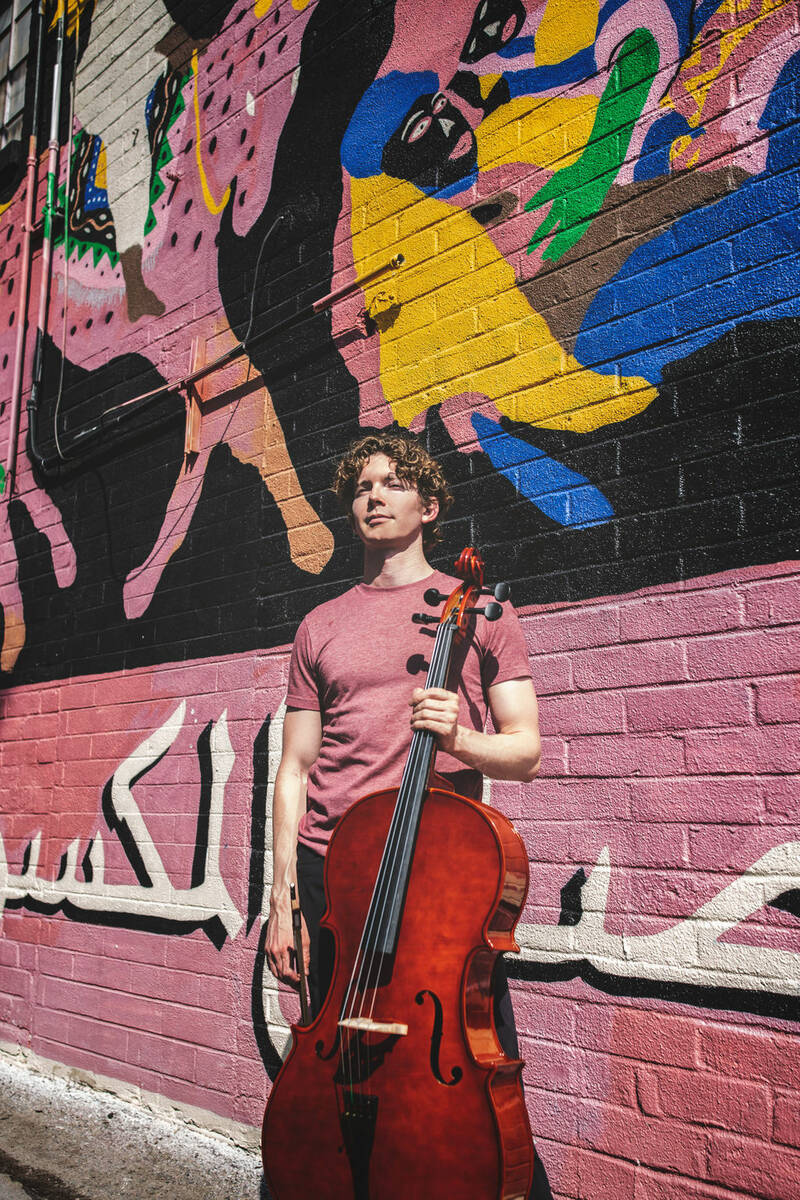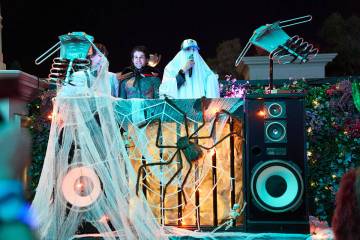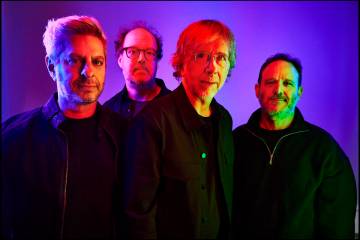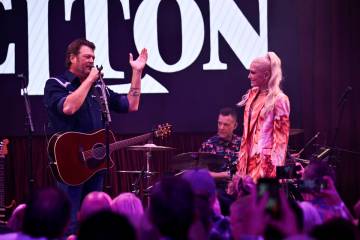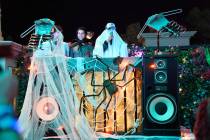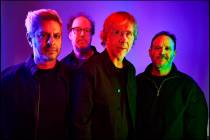A chat with Las Vegas Philharmonic’s Bach ’n’ roll virtuoso
Joshua Roman is a master cellist who is from “several small towns” in Oklahoma, singling out Oklahoma City as his hometown. He now resides in Hell’s Kitchen, New York, and is the first artist-in-residence in the Las Vegas Philharmonic’s 22-year history.
“I’m an anomaly,” Roman says, with an emphasis on the obvious. He’s inspired by Bach. He loves Radiohead. In short, he’s Bach ’n’ roll.
The formidable, flourishing musician is featured in the Philharmonic’s “Beethoven Triple Concerto” performance at 7:30 p.m. Saturday at The Smith Center’s Reynolds Hall. It is the orchestra’s first performance of Beethoven’s First Symphony in C Major, and a premiere performance of sorts for Roman as artist-in-residence.
He will lead the Philharmonic’s SPARK program over the next three years. The initiative aspires to create community relationships, artistically and socially. Expect performances in unlikely locations, beyond the Reynolds Hall stage, and a campaign to deliver music to Las Vegas-area students.
Announced in July 2020, Roman finally performed with the Philharmonic and conductor Donato Cabrera at Reynolds Hall for the first time Oct. 23. The cellist played Dvořák’s Cello Concerto in a program also featuring the Copland’s “Fanfare for the Common Man,” Joan Tower’s “Fanfare for the Uncommon Woman” and Tchaikovsky’s Symphony No. 5 in E Minor, Op. 64.
More from our chat with the 38-year-old virtuoso:
Johnny Kats: I have seen you play. You’re like a rock star. I’m not even convinced you’re playing the right instrument. I want to see a Fender or Gibson in your hands. Thoughts?
Joshua Roman: (Laughs.) I sold my guitars when I moved to New York because there wasn’t room in the apartment I was moving into. But I had a sweet Super 60s tube amp that I used with my 3-year-old Fender Stratocaster. It was a sweet sound. I loved it.
Why has the cello been your instrument of choice?
I started when I was 3. It wasn’t supposed to be a professional thing, but my parents wanted it to be fulfilling. In the beginning, it was the influence of my dad, who played some cello. I had the choice between violin and cello. My mom tells the story that my dad told me that the cello was better, because you can sit down while playing it. He told me that with the violin, not only do you have to stand up, but it has a kind of scratchy sound and you’re playing it right next to your head, so you’re going to get a headache (laughs). So that’s why I chose the cello, and I freaking loved it. I love everything about the cello except carrying it around.
You’ve said that, more than any instrument, the cello sounds like the human voice.
Yeah, that’s No. 1, of course. It’s very soulful. I have known this from a young age, when I was the only classical musician in my group of friends. If I wanted to make music, it had to be many different kinds of music. The cello is extremely versatile, maybe the most versatile acoustic instrument in terms of its range, the sounds you can make, the roles it can play successfully. There are not a whole lot of instruments that you can have a quartet of one instrument — and actually have different sounds to the point that it works for more than five minutes.
Donato Cabrera frequently talks of evolving from traditional formats, moving outside what is normally performed by an orchestra and expanding the Philharmonic’s collaborations. What has it been like to work with him?
I worked with Donato at the California Symphony, so that was an easy connection. It’s cool. We’re very much of the same mindset in those ways. We have, obviously, slightly different perspectives as soloist and conductor, but there’s a lot to be gained from that. He’s very approachable in a way that I appreciate, especially given the position that he holds and the way that he could be. But he’s very, very down to earth. He’s not just theoretical. It’s important to theorize and explore with imagination, but ultimately he asks, “What’s going to come out of it?”
Looking three years down the road, what needs to be achieved for your artist-in-residence experience to be a success?
I’ve been thinking about this a lot. For me, I want to know a lot more about Las Vegas, the cultural scene, the people. I want to have met and worked with and shone a spotlight on things that have surprised and delighted me, and some things that can be shared with other people. I want to find interesting artists in Las Vegas, and work with them in ways that are sustainable. When I leave, it’s not just these random things that happened. It’s deep connections between groups of people and institutions that will continue to bear fruit.
John Katsilometes’ column runs daily in the A section. His “PodKats!” podcast can be found at reviewjournal.com/podcasts. Contact him at jkatsilometes@reviewjournal.com. Follow @johnnykats on Twitter, @JohnnyKats1 on Instagram.



